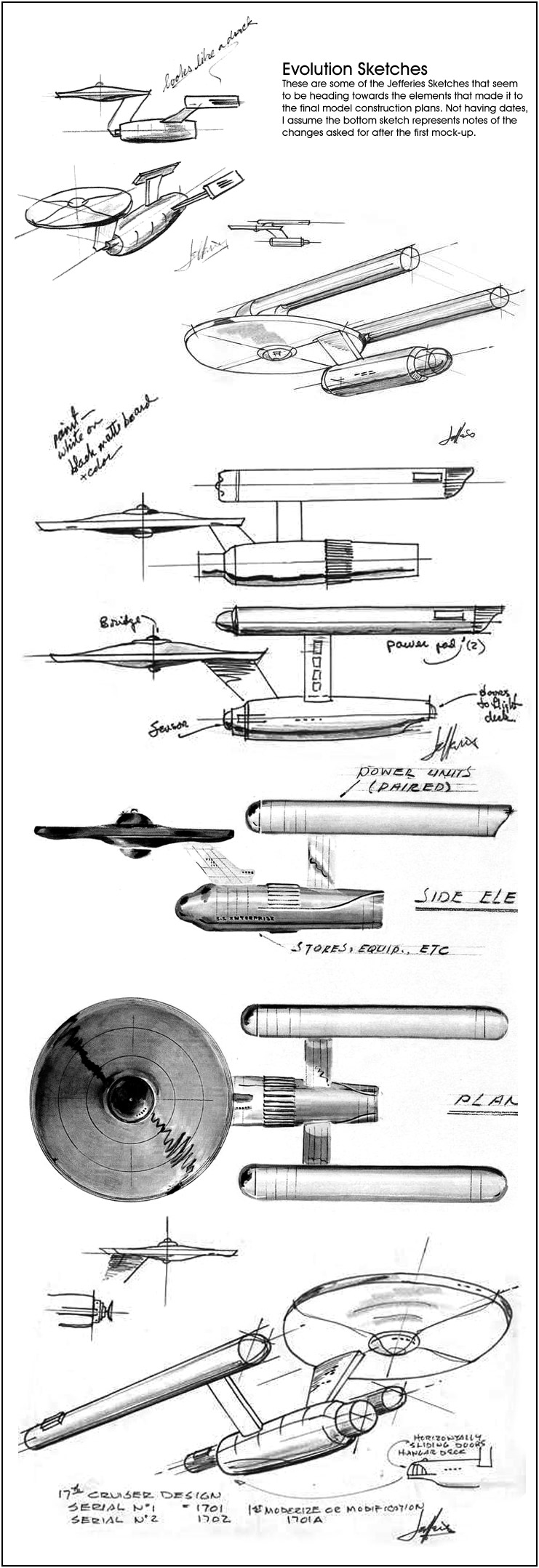And yet the smartest thing they did was avoid getting specific on the show. These were generally good writers and not great scientists or engineers. Their consultants would have told them to keep it vague, and during the series they did.The creators of TOS also talked about fusion being used for the impulse-engines and fusion used for the impulse-drives.
It would take a hell of a lot of energy to generate an artificial gravity field, and inertial dampening and stuff. Those must be some amazing batteries...
 Based on your Victorian Era view of science?
Based on your Victorian Era view of science? 
At a certain point this becomes a pointless discussion in which neither of us cavemen of the past can see beyond our stone knives and bear skines. You're more than 200 years in the past attempting to decide what can and can't work in the future.
Do you know how artificial gravity works?
We don't have it today, so none of us seem to know. But if you want to figure out how much power is needed, consider this... gravity as seen in TOS might be nothing more than giving objects within a couple meters of the deck the potential energy they might have had at that distance above the surface of the earth.
Lets do a thought experiment... You have a 1 kg ball sitting on a desk 1 meter high onboard the Starship Enterprise. How much energy is the ship's artificial gravity expending on that ball as it sits (at rest) in that position? If the ball rolls off the desk, how much energy must the ball have as it leaves the edge for it to move towards the floor with the same acceleration as it would have in similar circumstances if this had happen on the surface of the Earth?
One could think of artificial gravity as giving variable amounts of potential energy to objects as they change their distance from the floor and converting that potential energy into kinetic energy if they are in free fall. And inertial dampening might be the same thing only in different directions and designed to cancel the odd moments of kinetic energy relative to the ship.
Here is something even more interesting than playing with the physics of the future, I've found that most people aren't up to dealing with the physics of today. If you ask them how their computer works you'd most likely get a commentary about how well they think their computer works. I doubt that hardly anyone here knows about the solid state physics used to make the processors, memory and the like in their systems... or even how a transistor works.
But then again, they don't need to understand any of that to work with computers... computers are a black box for most people, and all they care about is that they work in a consistent fashion. And that is how most everything works on the Enterprise for it's crew.
I think you should study this post. Because the content of that post is going to be my answer to any time you say "well, we know this". Frankly, we know next to nothing.
Truthfully speaking I was ONLY talking about what would be needed for that explosion and nothing else.Truthfully speaking you're not just providing a huge burst of power for an explosion. You are producing a continuous explosion for very long periods of time...
I dismissed your assumptions and dismiss these new ones as the idol thoughts of someone trapped in the past (which just happens to look like today). You know nothing of the future so you aren't in a position to say things can or can't work (time to re-read this post again).
But lets play the physics games for one more moment... what is thrust? Isn't it conservation of momentum (or energy). You expel something in one direction and you move in the opposite direction (proportional to the relative masses and velocities). If the Enterprise is 190,000 (metric) tons (for the sake of argument), then to get the ship up to 1 meter per second, how fast would it have to expel a single hydrogen atom? Now remember that at very high velocities the mass of the hydrogen atom is going to increase due to the effects of relativity.
What if you want the ship to go faster? You could increase the velocity of the hydrogen atom or you could add a couple more into the mix.
No continuous explosion... just a few atoms pushed into space.
But as I said before, this is not the thread for that type of thing... I think another thread on theorizing what might or might not work for technologies beyond our lifetimes would be appropriate. It is an interesting exercise, but not for this thread.
Besides, if you could think a way to make it work today, then that can't be how it will be done in the future!


 ).
).

